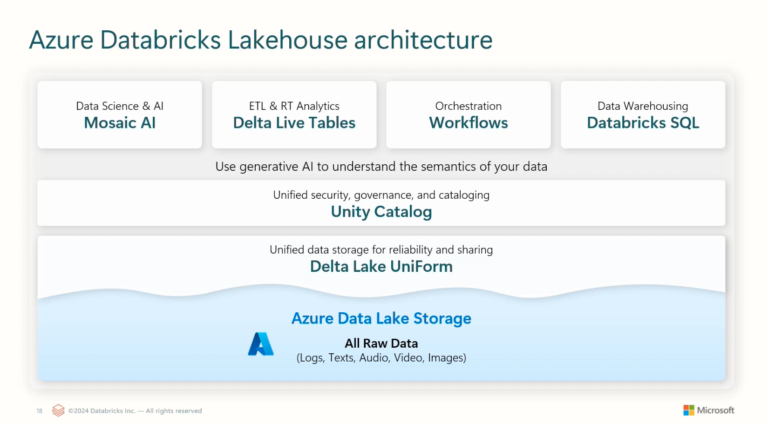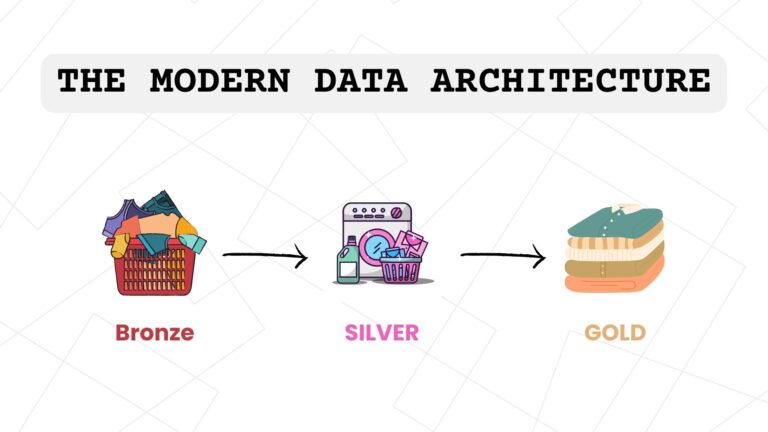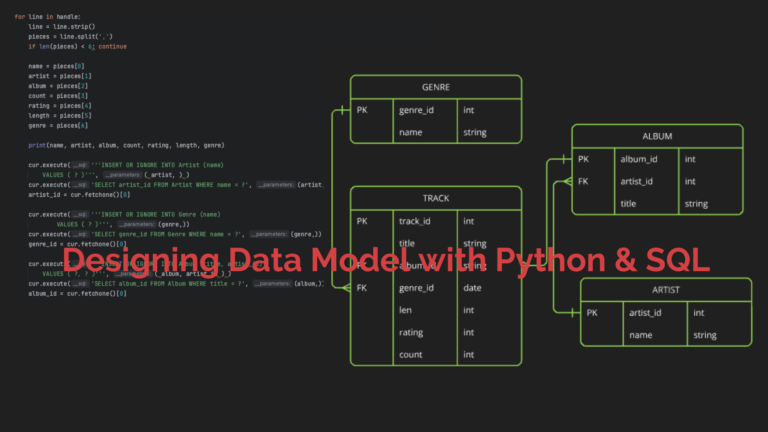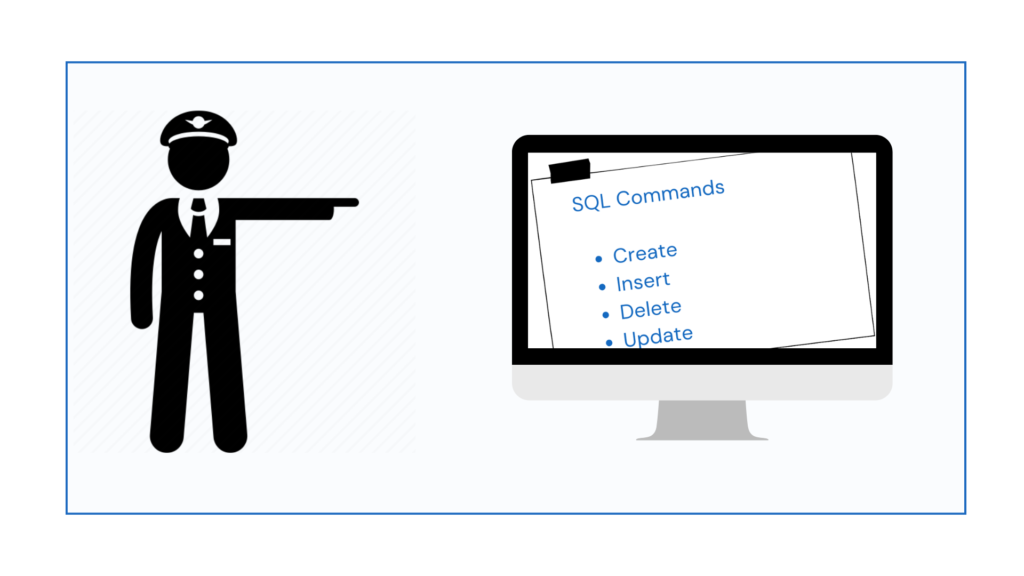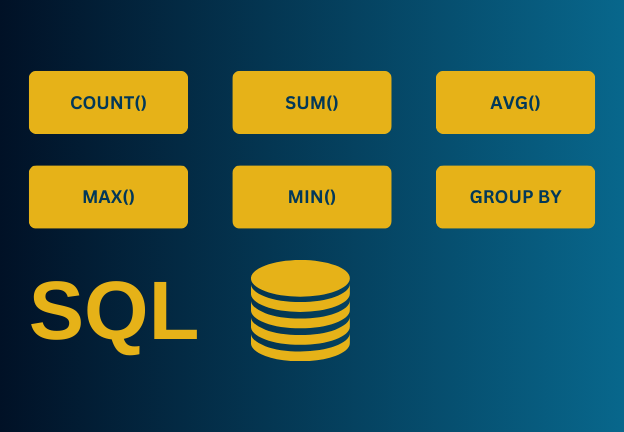From monolithic data workflows to real-time, intelligent orchestration, AI is turning ETL into a relic of the past.
Intro
Let’s be honest: for decades, ETL was the backbone of data infrastructure. Extract from here, transform over there, load into this neat warehouse. It was predictable, structured, and built for a world that moved slower — when data changed once a day (if that), batch processing was the norm, and waiting a few hours for insights was totally fine.
But that world is gone. Today’s data landscape is messier, faster, and infinitely more dynamic. You’ve got new SaaS tools spinning weekly, APIs shifting without warning, and users expecting insights not in days or hours, but now. In that environment, traditional ETL starts to feel like an old assembly line trying to compete with a fleet of autonomous drones.
Sure, we tried to patch it. ELT came along. Then data lakes. Then reverse ETL. But underneath it all, we were still clinging to the same mental model: write code to move data from Point A to Point B, transform it according to a fixed logic, and hope nothing breaks when things change upstream.
Now, thanks to a wave of AI-native tools, that mental model is finally collapsing — and something far more fluid, intelligent, and resilient is emerging in its place.
What’s Actually Killing ETL?
It’s not just that AI tools are faster or more powerful — it’s that they think differently. Traditional ETL workflows are rigid by nature. They assume a top-down view of your data ecosystem: that you can map out every table, write every transformation, and define every logic rule in advance.
That assumption no longer holds. And AI is exposing that weakness.
First, AI breaks the rigidity. It can adapt on the fly — detecting schema drift, inferring relationships, and even recommending transformations without a single line of code. In an environment where your CRM schema might change monthly and your data sources shift weekly, that kind of flexibility isn’t a luxury. It’s survival.
Second, AI tools dramatically reduce the maintenance burden. Previously, a small upstream change — say, a renamed field in Salesforce — could silently break three dashboards and an ML model. With AI-driven observability, tools now detect those changes in real time, trace their downstream impact, and suggest fixes automatically. What used to take a team half a day to debug is now flagged, explained, and triaged within minutes.
And third, AI changes how we map and track data. Traditionally, understanding how data moved from source to insight — and how business logic was applied along the way — required digging through layers of code, configs, and tribal knowledge. Today’s tools can auto-generate lineage, apply semantic understanding to column names, and even describe transformation logic in plain language.
So what we’re really seeing isn’t just the death of ETL. It’s the death of manual orchestration. It’s the beginning of pipelines that reason, adapt, and even explain themselves.
The Shift to AI-Augmented Pipelines
To be clear, ETL isn’t disappearing — it’s evolving. The core idea of moving and transforming data still stands. What’s changing is how we do it, and who can do it.
AI-augmented data pipelines shift the entire interface. Instead of writing code, you describe intent. Instead of hand-mapping tables, you get intelligent suggestions. Instead of reacting to broken jobs, you monitor for anomalies in real time and let the system propose resolutions.
Here’s a high-level comparison of what’s shifting:
| Feature | Legacy ETL | AI-Augmented Pipelines |
| Transformation logic | Hand-coded | AI-suggested, semi-automated |
| Schema changes | Manual fixes | Auto-detected and self-healing |
| Data mapping | Manual joins & rules | Semantic matching & NLP |
| Lineage tracking | Post-hoc, siloed | Real-time, AI-documented |
| Business logic | Buried in code | Transparent and modular |
It’s not just about speed. It’s about shifting from fragile, code-bound systems to resilient, adaptive workflows. Pipelines are no longer static assets you write and walk away from. They’re living systems that evolve as your business does.
AI in the Wild: Real-World Use Cases
You don’t have to imagine what this looks like — it’s already here.
Take data ingestion. In the past, onboarding a new source system meant building a connector, writing mapping logic, and testing everything manually. Today, tools like Airbyte, Fivetran, and Estuary use AI to auto-detect schemas, suggest mappings, and adapt to changes with minimal intervention. A retail company can plug in 15 new vendors in days, not weeks, and schema drift is managed without a team of engineers watching logs.
Then there’s transformation. What used to require custom SQL or dbt models can now be described in plain English. Tools like Transform.ai or DataGPT let analysts simply ask for what they need — “group shipments by warehouse, calculate average delay, flag those with more than two days’ variance” — and get optimized code in return, ready to review and deploy. Analysts move faster, engineers focus on governance and quality.
Pipeline observability has also leveled up. AI-first platforms like Monte Carlo, Bigeye, and Anomalo detect data anomalies before they surface in reports. They trace issues upstream, identify what changed, and propose corrective actions — sometimes pausing downstream processes before bad data spreads.
Lineage is no longer a detective mission. Tools like Manta and Atlan use metadata crawling and natural language to surface full end-to-end flows — not just what’s connected, but how and why. A healthcare company rolling out a new data privacy policy can instantly see which dashboards and models touch PHI fields, and adjust accordingly.
Even reverse ETL — the once-clunky process of syncing warehouse data to CRMs or marketing tools — is getting an AI upgrade. Tools like Hightouch and Census now recommend which entities to sync, detect mismatches in semantic meaning across systems, and keep everything aligned. One B2B company uses it to operationalize churn risk scores: once the ML model flags a customer, the score gets pushed into Salesforce automatically, triggering an account save playbook in real time.
The net result? Data systems that are no longer brittle. They’re adaptive. And most importantly, they’re becoming more aligned with business outcomes than ever before.
What This Means for Data Teams
Here’s where it gets interesting. With all this automation, all this intelligence built into the stack, what happens to the people who used to manage it?
Contrary to the usual tech anxiety, the story here isn’t about replacement. It’s about evolution.
Data engineers aren’t becoming obsolete — they’re becoming more essential. But their focus is shifting. They’re moving away from writing brittle transformation code and stitching together workflows, and leaning into more strategic work: architecting durable data products, defining semantic layers, enforcing quality standards, and enabling others to build on top of a governed foundation.
Think less “pipeline plumber,” more data product architect.
Instead of spending time fixing broken DAGs or adjusting SQL logic for the hundredth time, they’re now coaching AI copilots, setting guardrails, reviewing generated logic, and optimizing for performance and trust. The role becomes less reactive, more proactive — and frankly, more creative.
Meanwhile, analysts and business users are getting closer to the data than ever before. They no longer have to wait in line for engineering support to explore a new metric or build a one-off report. With natural language interfaces and AI-augmented tools, they can explore ideas, prototype quickly, and iterate on their own.
That doesn’t mean everyone suddenly becomes a data engineer. It means the barrier between technical and non-technical users is finally starting to fall — and that opens up a new dynamic where teams can move faster, test more ideas, and make more informed decisions with less friction.
And that changes the shape of data work entirely. Teams are becoming more collaborative, more fluid. Data engineering isn’t a service desk anymore — it’s a core part of strategy, platform thinking, and innovation. The best engineers aren’t just keeping pipelines running — they’re designing ecosystems that can evolve with the business.
In short, AI isn’t taking over data teams. It’s expanding what they’re capable of
The Takeaway: We’re Not Killing ETL — We’re Reimagining It
Let’s not misread the moment. ETL, at its core — the need to move, shape, and activate data — isn’t going away. But how we do it? That’s changing fast.
We’re moving from pipeline-as-code to pipeline-as-intent. From long nights of debugging brittle DAGs to intelligent agents that monitor themselves. From static business logic buried in scripts to modular, reusable knowledge layers built for humans and machines to understand.
This isn’t just about technology; it’s about mindset. The best data teams aren’t just keeping the lights on — they’re designing resilient, adaptive systems that can grow with the business, not against it.
And in this new world, the most valuable data professionals won’t be the ones who write the most SQL. They’ll be the ones who ask the best questions, design the clearest interfaces, and build the most intelligent foundations.
The age of AI isn’t eliminating ETL. It’s rewriting the story — and giving us all a bigger role in it.
References & Further Reading
General Trends and Thought Leadership
- The Modern Data Stack: Past, Present, Future – Andreessen Horowitz
https://a16z.com/2020/10/15/the-modern-data-stack/ - Thoughtworks Technology Radar – AI-Driven Data Engineering
https://www.thoughtworks.com/radar - Martin Fowler on Data Mesh and Data Products
https://martinfowler.com/articles/data-monolith-to-mesh.html - The Rise of the Data Product Manager – dbt Labs
https://www.getdbt.com/blog/data-product-manager-role - The Shift from ETL to ELT – Fivetran
https://www.fivetran.com/blog/etl-vs-elt
AI-Augmented Tools & Platforms
- Airbyte (AI-enhanced connectors and schema inference)
https://airbyte.com - Fivetran (Managed ELT with metadata-driven transformations)
https://fivetran.com - Estuary (Real-time data ingestion and processing)
https://www.estuary.dev - Transform.ai (Natural language-driven transformation)
https://www.transform.co - DataGPT (Conversational analytics platform)
https://www.datagpt.com - Monte Carlo (Data observability and anomaly detection)
https://www.montecarlodata.com - Bigeye (Data quality monitoring using ML)
https://www.bigeye.com - Anomalo (Automated data validation with AI)
https://www.anomalo.com - Manta (Automated lineage and impact analysis)
https://getmanta.com - Collibra (Data catalog and governance)
https://www.collibra.com - Atlan (Modern data workspace and active metadata)
https://atlan.com - Hightouch (Reverse ETL and operational data sync)
https://hightouch.com - Census (Reverse ETL and data activation)
https://www.getcensus.com - Omnata (Reverse ETL with semantic syncing)
https://www.omnata.com
Supporting Concepts & Frameworks
- Data Contracts – Chad Sanderson, Convex
https://datacontracts.com - Data Reliability Engineering – Monte Carlo Blog
https://www.montecarlodata.com/blog-the-future-of-the-data-engineer/ - Prompt Engineering in Data – Towards Data Science
https://towardsdatascience.com/mastering-prompt-engineering-with-functional-testing-a-systematic-guide-to-reliable-llm-outputs

